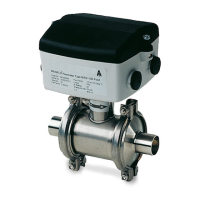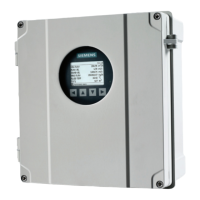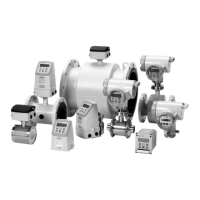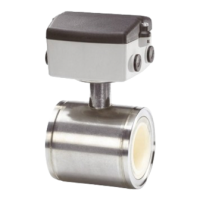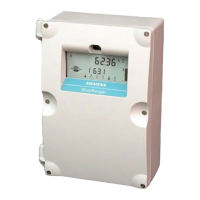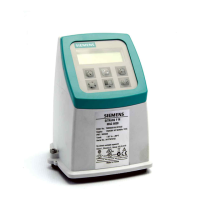Glossary
MicroSAM
128 Operating Instructions, 06/2012, C79000-G5376-C560-07
Breathing device
The breathing device is used for pressure compensation during operation. This pressure
compensation is required due to temperature variations during operation
Carbon bisulfide
Carbon bisulfide (trivial name: bisulfide of carbon) is a colorless liquid with the total formula
CS
2
. Carbon bisulfide is a highly refracting and extremely flammable liquid which is as
pleasant as ether when pure, but which almost always smells extremely unpleasant due to
contamination.
Chromatography
Chromatography or Chromatografie (Greek) is a procedure used in chemistry which allows a
mixture to be separated as a result the different distribution of its individual components
between a stationary phase and a mobile phase.
Cut
Two columns are connected in sequence with a live T-piece in between. The columns have
different separating properties, for example. The three operating states of the live switching
are selected by changing the pressure in the gas lines of the live T-piece:
● Straight
● Backflushing
● Cut.
Cut is the name of the process where the components have passed through the first column
and some of them are flushed through the cut output. They never reach the second column.
Detection limit
The detection limit refers to the extreme value of a measuring method down to which the
variable can just still be reliably detected.
The measured value at the detection limit has an increased inaccuracy which, however,
does not exceed a defined statistical confidence interval. Measured values with an
inaccuracy greater than the defined confidence interval are outside the detection limit, and
are referred to as immeasurable or nondetectable in the sense of the measuring method.
The criterion for "reliable detection" generally refers to the precision of the measuring
method for a zero or blank measurement. This therefore means the statistical error or the
variation in the measured signal if a sample is not present (e.g. the standard deviation of
background signal, noise, blank value, zero value etc.).
A measured value is frequently considered as valid or detected if the inaccuracy of the value
is less than three times the standard deviation of the zero measurement.
